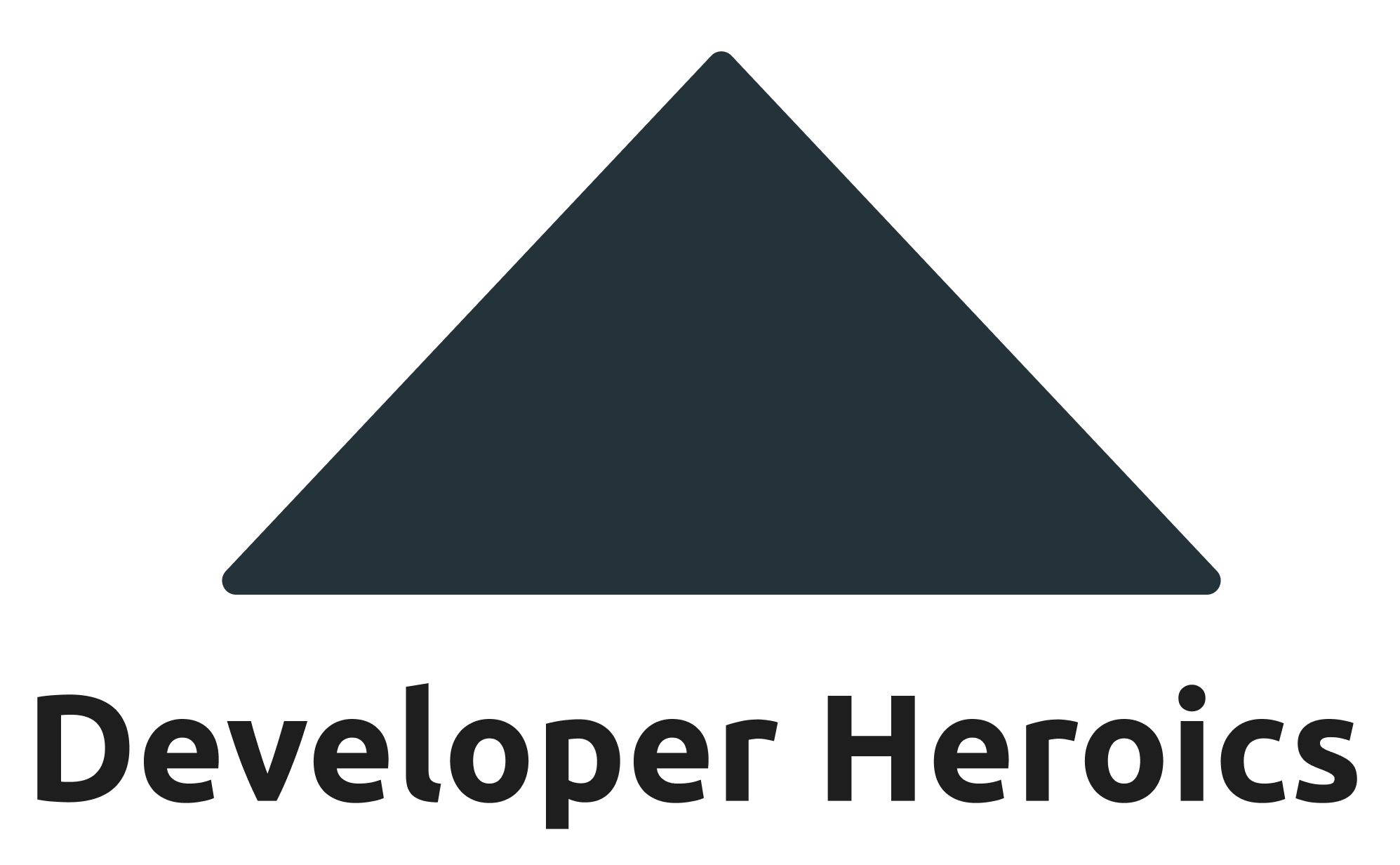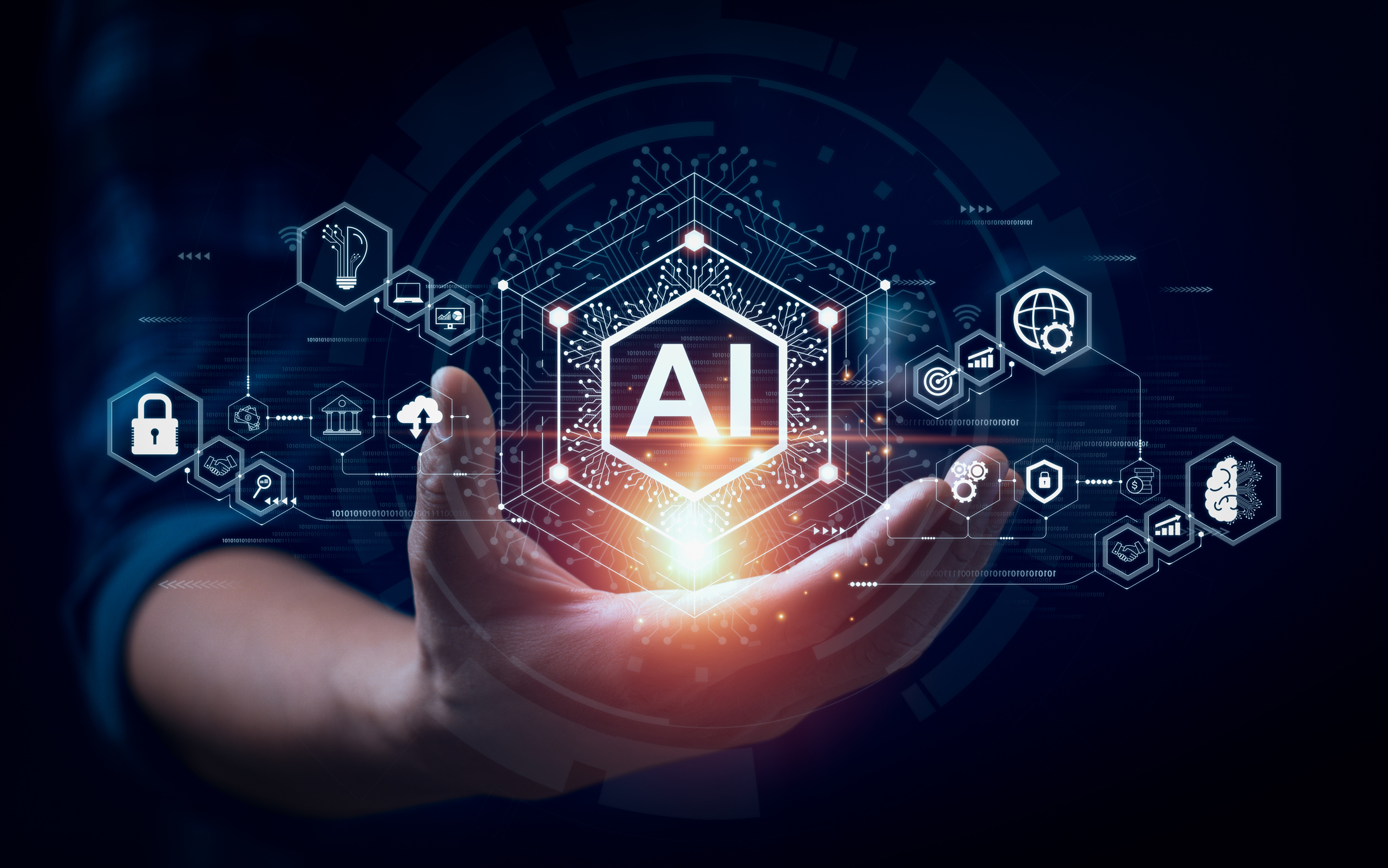Listen up, folks. Injecting AI into Your Development Workflow is a necessary evil in today’s workforce. You think coding’s all about caffeine-fueled logic and pixel-perfection? Hah! The game’s changed. AI’s here, and it’s not just some shiny marketing gimmick. Used correctly, it can get you closer to the ever-elusive idea of a 10x engineer. But tread carefully, newbies. This ain’t magic; it’s a new brush in the collection, and just like any unfamiliar brush, you can paint yourself right into a mess.
So, before you dive headfirst into the deep learning pool, let’s talk about some tips and tricks to keep you out of trouble.
Step 1: Identify Your Weak Spots (and Be Honest About Them)
AI ain’t here to replace your brain, just supplement it. The first step is figuring out where your workflow could use a boost. Here’s where your battle scars come in. Is it the repetitive grunt work of unit testing that makes you groan (This is where AI shines in my workflow particularly)? Maybe it’s the endless cycle of bug squashing that drives you to drink lukewarm coffee at 3 AM.
Here are some common pain points AI can address:
- Repetitive Tasks: Think unit testing, code generation, and data validation. AI can automate these, freeing you for more creative problem-solving.
- Code Completion: Stuck in a syntax hell? AI can suggest code snippets based on your context, saving you precious time (and frustration).
- Code Reviews: AI can flag potential bugs, style inconsistencies, and code smells easier than your (likely) tired eyes.
- Bug Detection: Tired of chasing down errors? AI can analyze code patterns and identify potential bug hotspots.

Github Copilot is one of the top AI pair programming tools
Step 2: Choose Your Weapon (Wisely)
AI tools come in all shapes and sizes. Here’s a quick primer on some popular options:
- Large Language Models (LLMs): These powerhouses can understand natural language, generate code, and even write documentation. It is never perfect, so like I will reiterate plenty of times here, always proofread your work.
- Code Completion Tools: These suggest code snippets based on your current context, speeding up development. There are tons of these tools, but Github Copilot is the one you have most likely already heard of.
- Static Analysis Tools: These robotic code reviewers scan for potential bugs and style inconsistencies before you even deploy. Typically this is a GitHub action you have in your CI/CD pipeline that checks for code smells (typos, lining errors, etc.)

Step 3: Integration Boot Camp (Don’t Panic, this is just the part where we are Injecting AI into Your Development Workflow)
Integrating AI can be scary, but it isn’t brain surgery.
- Start Small: Don’t try to overhaul your entire workflow overnight. Pick one pain point and start there. Maybe try an AI code completion tool to see how it feels.
- Learn the Lingo: AI tools come with their own jargon. Familiarize yourself with terms like “training data”, “inference”, and “bias” to avoid getting lost in the new world of AI.
- Beware the Black Box: AI models are powerful, but sometimes their reasoning isn’t transparent and can sometimes hallucinate (story for another time). Don’t blindly trust suggestions; understand why they’re made. You’re still the captain of this ship.
Step 4: AI can be weird
Some AI tools, especially LLMs, require training. This means feeding them data relevant to your project and goals. Here’s the catch: the quality of your training data determines the quality of your results. Garbage in, garbage code out, as the saying goes.
- Cleanliness is Key: Make sure your training data is accurate, complete, and free of bias. One biased line can skew your entire AI assistant’s judgment. This was most recently shown in Google’s release of Gemini where results were… interesting.
- Domain Specific is King: The better your training data reflects your specific domain, the more helpful your AI companion becomes.
- Continuous Learning: Don’t treat training as a one-time event. As your project evolves, so should your training data. This keeps your AI sharp and in tune with your needs.
Remember, AI is a tool, not a replacement. Here’s the secret sauce for integrating AI smoothly:
- Maintain Control: The final call is always yours. Don’t blindly accept AI suggestions without understanding the reasoning behind them. You’re still the engineer. Your judgement is most of the time still going to be superior to AI.
Step 6: Debugging the AI
So, you’ve hit a snag. Your AI code buddy seems to have hallunicated some packages that don’t actually exist. Don’t panic! Troubleshooting human-AI collaboration is part of the process. Here’s how to get back on track:
- Identify the Culprit: Is it a faulty AI suggestion? Maybe the training data is to blame. Trace the issue back to its source.
- Check Your Assumptions: Did you misunderstand the AI’s capabilities? Double-check the documentation and limitations of your chosen toolset.
- Garbage In, Garbage Code Out: Revisit your training data. Is it biased, incomplete, or irrelevant to your project? Clean it up and retrain your AI.
- Community Can Save: The AI developer community is vast and helpful. Don’t be afraid to reach out to forums or online resources for specific troubleshooting tips related to your chosen tools.
- Are you asking for too much: At this point, AI should mostly be used for simple tasks as they don’t have all of the context you will (whether from a specific project stand point or current world events in general)
The Final Word: Embrace the Change
The world of coding is on the cusp of AI taking a MUCH bigger role. Don’t be afraid to experiment and embrace the new tools. It’s not about replacing your skills; it’s about supplementing them. After all, in this always changing coding world, the only constant is evolution. So, grab your tools, fuel up on your favorite caffeinated beverage (hopefully coffee), and get ready to code like never before. With AI by your side, you can conquer mountains and make working so much easier!
Now, get out there and code something amazing!
P.S. Thanks for reading, please continue checking out our content at https://www.developerheroics.com



